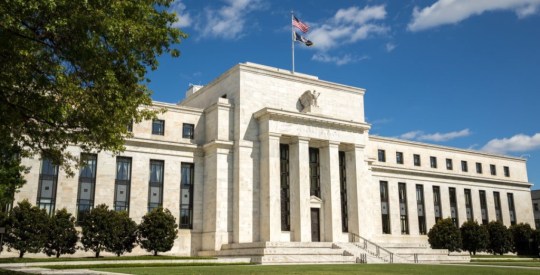Low mortgage rates drove the nation’s housing market potential to a two-year high in January, according to First American.
Mark Fleming, the company’s chief economist, said the market potential for existing-home sales climbed to the highest level since January 2018.
“Housing market potential increased 1.4% in January 2020 relative to the previous month, and grew 4.7% year over year, an increase of 240,050 potential existing-home sales and the highest rate of yearly growth since December 2017,” Fleming said. “Actual existing-home sales exceeded housing market potential by 1%, or an estimated 53,900 seasonally adjusted annualized sales.”
Fleming primarily attributes this growth to low financing costs and rising demand fueled by Millennial homeownership.
“In 2020, 4.8 million Millennials will turn 30 – the peak age for home-buying. They’re fortunate to be entering the housing market at a time of historically low mortgage rates and a strong economy,” Fleming said. “However, there are challenges. Millennials face a very limited supply of existing homes available for sale, especially homes in the entry-level price range.”
January’s demand outweighed the negative impact of limited supply, boosting housing market potential relative to one year ago, Fleming said.
This gain was credited to wage growth and falling mortgage rates, which boosted consumer house-buying power.
“In January, after three months of slightly increasing mortgage rates, the 30-year, fixed-rate mortgage declined to 3.6%, 0.8 percentage points lower than one year ago,” Fleming said. “At the same time, the healthy labor market continued to boost wage growth, contributing to a 2.6% increase in household income. Low mortgage rates and income growth triggered a 13.5% increase in house-buying power compared with a year ago.”
Fleming said this increase in house-buying power had the greatest impact on housing market potential in January, boosting market potential by 343,250 potential home sales.
The most significant hindrance to future potential sales is the housing market’s lack of inventory, Fleming said.
“The same dynamic that’s making homes more affordable is preventing more supply from entering the market,” he said. “Persistently low mortgage rates can discourage existing homeowners from selling.”
The majority of homeowners already have a low mortgage rate because there has been ample opportunity to refinance to lower rates over the last decade, Fleming said.
“So, for a homeowner with a low mortgage rate, the only house-buying power advantage comes from household income growth,” Fleming said. “Many homeowners decide to ‘stay put,’ as observed by rising average tenure length, and the inventory of homes for sale dwindles further.”
While low rates have led to an increase of Americans aging in place, recent gains in home construction hint at a more promising future for the housing market, he said.
“While the construction of new homes, specifically much-needed single-family homes, remains below what is needed to satisfy demand, homebuilding took a sharp turn higher at the end of 2019,” Fleming said. “As new housing supply enters the market, the risk of not being able to find something to buy lessens, so homeowners may become more confident in the decision to sell their existing home.”
NOTE: First American’s potential home sales report measures existing-homes sales, based on the historical relationship between existing-home sales and U.S. population demographic data, including income and labor market conditions, price trends in the housing market and conditions in the financial market.



